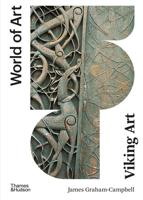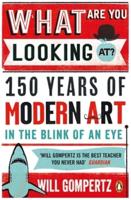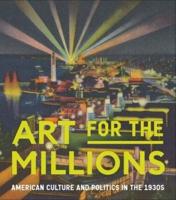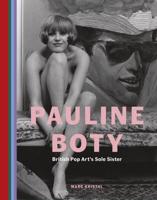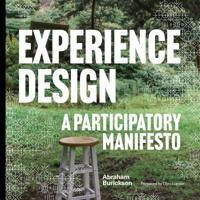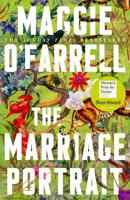Publisher's Synopsis
During the 1920s and '30s and until the end of World War II, a distinctly American form of Expressionism evolved. Most of the artists in this movement, children of immigrants from eastern and southern Europe, African-Americans and other outsiders to American mainstream culture, grew up in the urban ghettoes of the East Coast or Chicago. Their art was sympathetic to the disposessed and reflected a deep concern with the lives of working people. Providing a look at this art - and the beginnings of a new movement, Abstract Expressionism, which followed it - cultural historian Bram Dijkstra offers insights into the roots of painting in modern America.;Dijkstra examines the emphasis these socially conscious artists brought to the pursuit of the American ideals of equality dignity and justice for all. Provocatively he suggests that Abstract Expressionism came to be used as part of a backlash, deliberately fostered by conservative political and corporate interests, against the socially conscious Expressionist paintings and the WPA projects supported by the Roosevelt administration.



